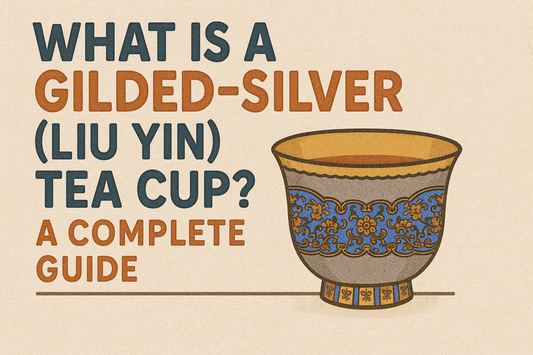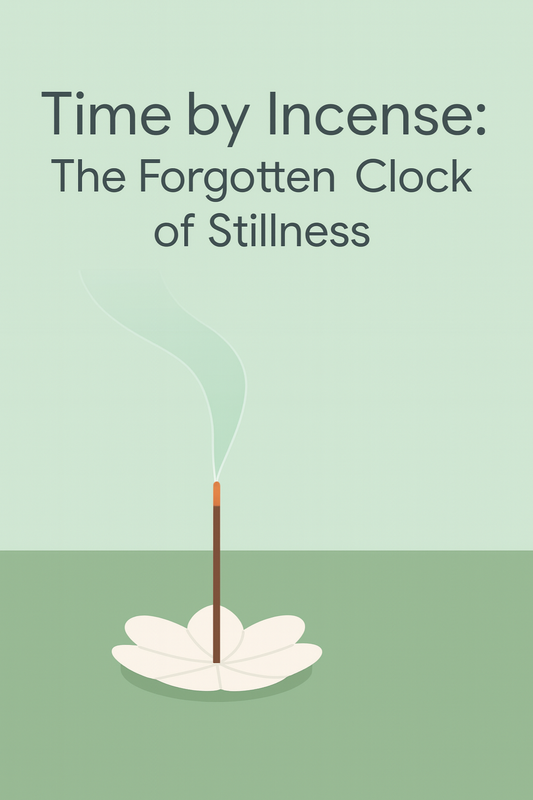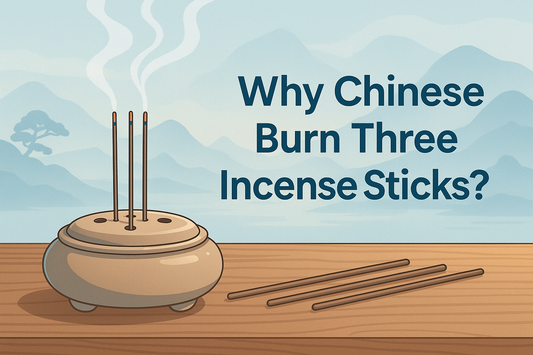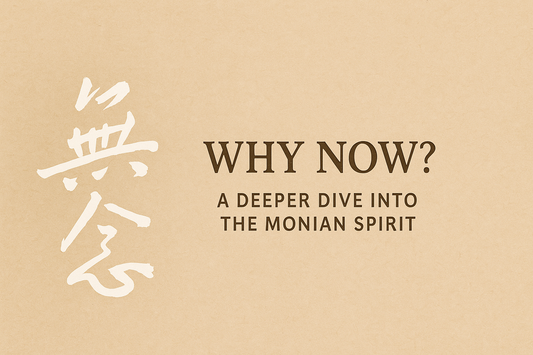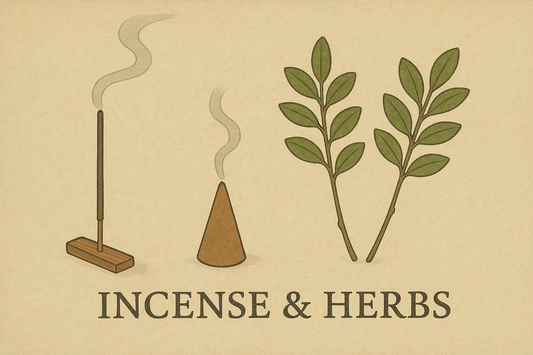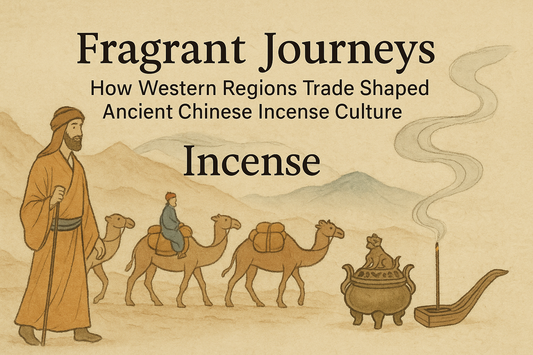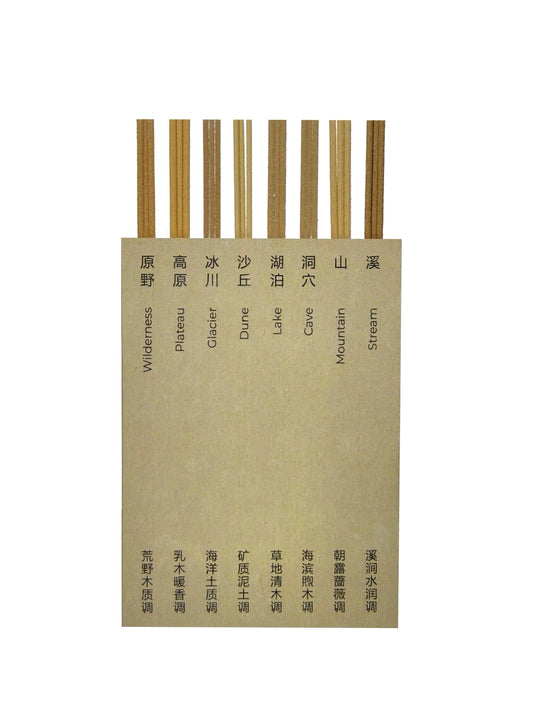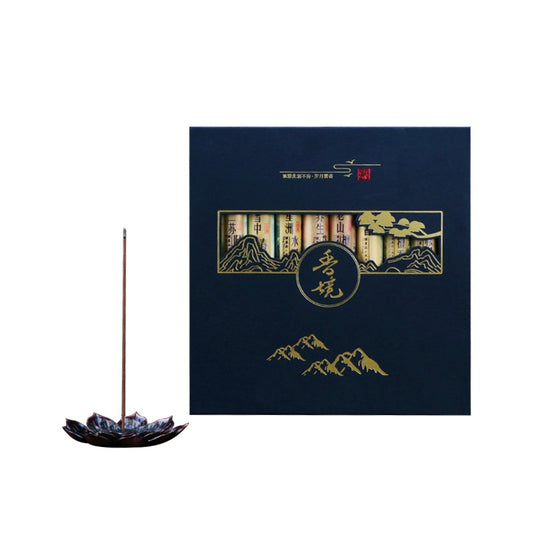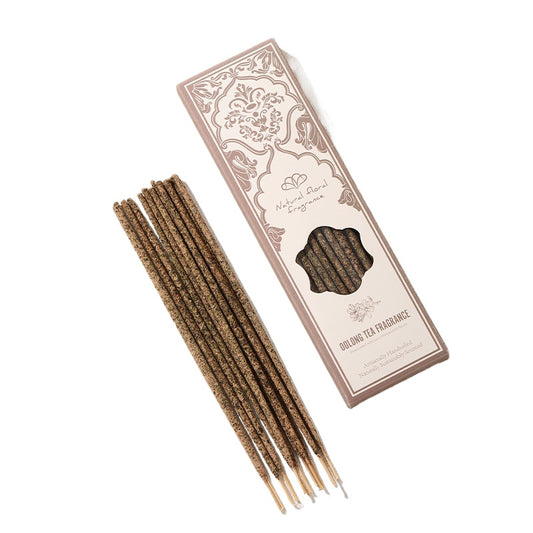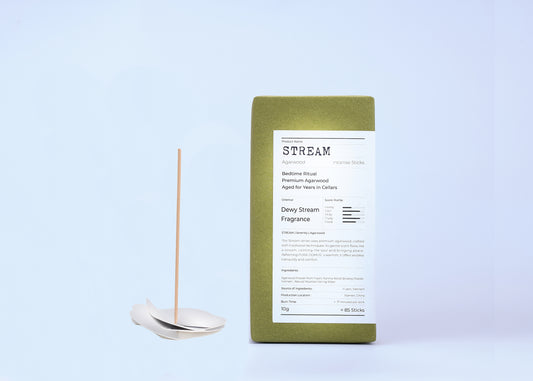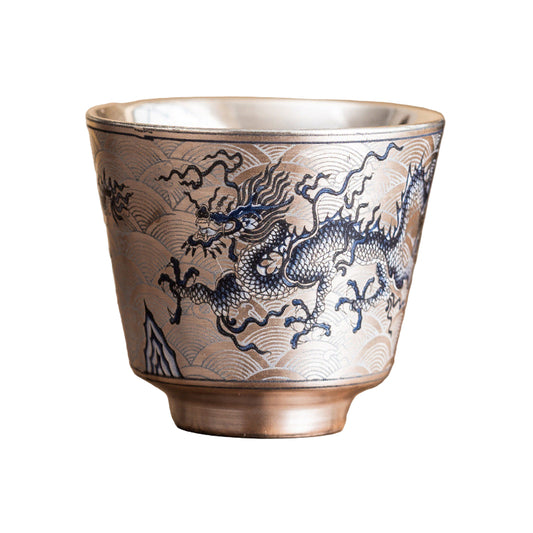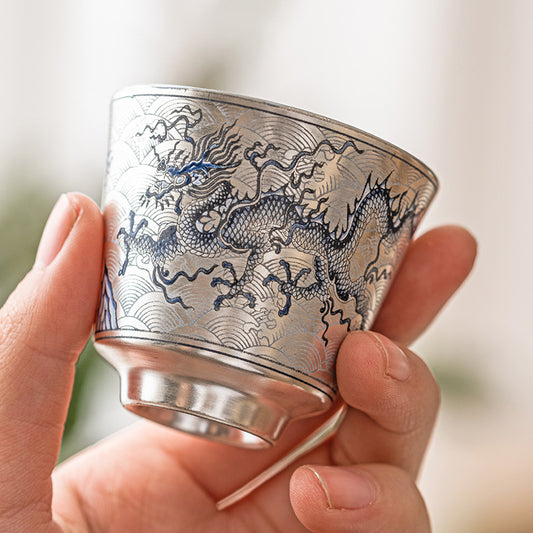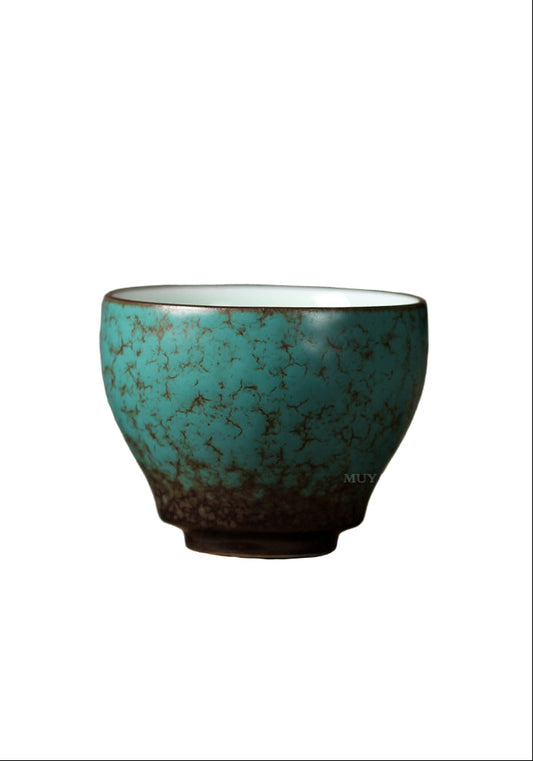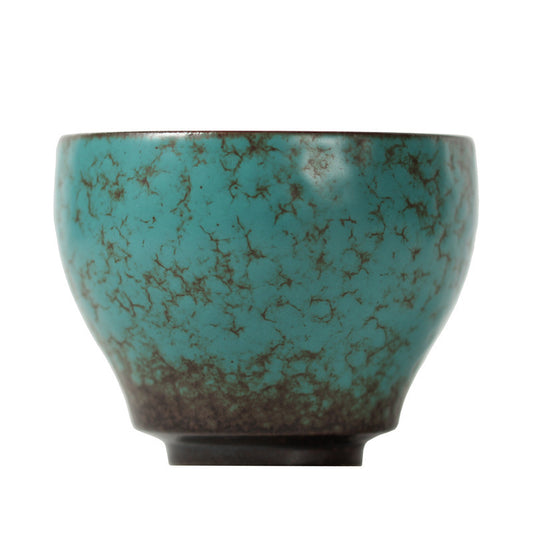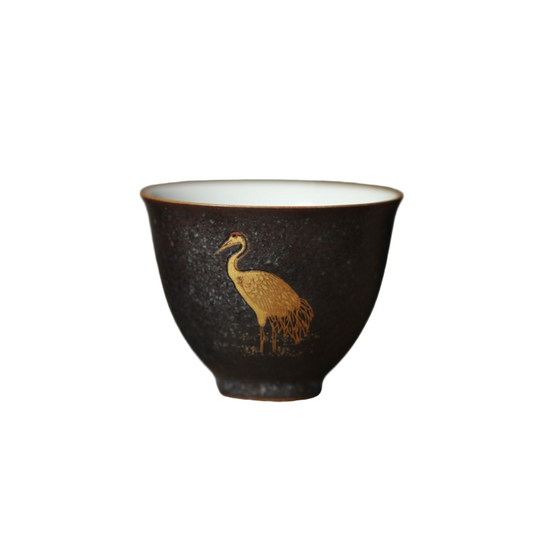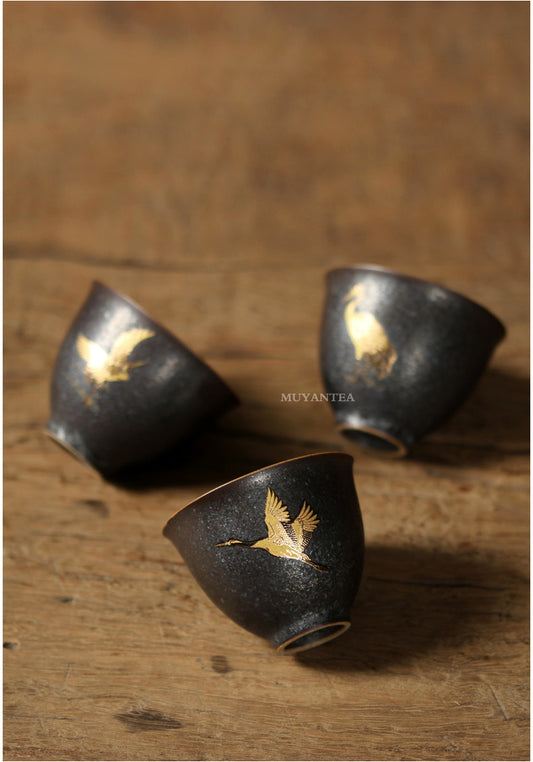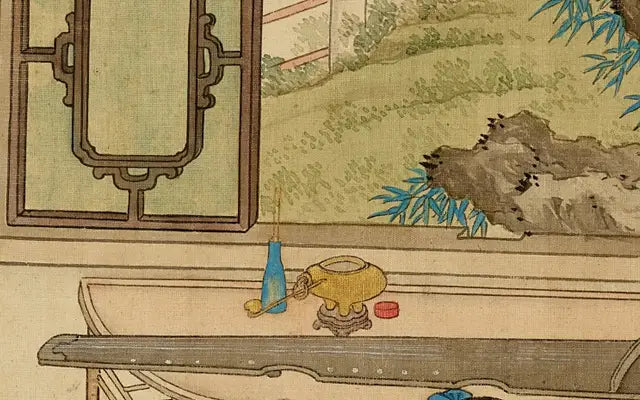
How China Wrote the Book on Incense
How China Wrote the Book on Incense: Chinese Incense History & Culture
How China Wrote the Book on Incense: A Smoky, Scented Saga You Won’t Believe!
Hey there, scent-sational reader! Ever found yourself wondering who the real OGs of the aromatic world were? Before fancy diffusers and modern air fresheners, Chinese incense was already soothing souls and measuring time. From ancient temples to mountain retreats, traditional Chinese incense has written a story full of mystery, devotion, and aroma. So grab your Monian incense, and let’s dive into this Chinese incense history together!

Chapter 1: When Smoke Met Spirit – China’s Ancient Aromatic Affair
We travel back to 5000–3000 BCE. While others were discovering fire, the Chinese were already burning sacred herbs and woods in rituals. It wasn’t just about scent—it was spiritual messaging. Traditional Chinese incense emerged as a bridge between humans and the heavens. Over the Xia, Shang, and Zhou dynasties, incense became vital in medicine, ancestor worship, and temple rites.
Chapter 2: The Han Dynasty – Incense Gets Its Passport
From 206 BCE to 220 CE, the Han Dynasty saw booming incense innovation. Trade routes brought frankincense and myrrh into China, enriching the Chinese incense repertoire. Buddhism entered, bringing rituals that further spiritualized incense use. The iconic Boshan Lu (mountain-shaped burner) was born, symbolizing cosmic connection.
Chapter 3: The Tang Dynasty – Incense Goes Viral
Tang Dynasty (618–907 CE) was the golden age of culture—and of traditional Chinese incense. No longer limited to temples, incense permeated homes, poetry, and art. It traveled via the Silk Road, spreading Chinese incense culture to Korea, Japan, and Southeast Asia. China wasn’t just crafting incense—it was exporting a lifestyle.
Chapter 4: The Song Dynasty – When Incense Became an Art Form
Song Dynasty (960–1279 CE) elevated incense to fine art. The incense stick itself was invented here—compact, portable, refined. This era also birthed xiangdao (香道), “the way of incense”—a ritual of preparation and mindful burning. Chinese incense was now a full sensory philosophy.
Chapter 5: Beyond the Dynasties – China’s Scented Legacy
Even today, the legacy of Chinese incense lives on. Its influence is global, its philosophy timeless. From hand-blended sticks to sacred meditation rituals, traditional Chinese incense still defines calm in the modern age. It’s not just about scent—it’s about cultural memory, healing, and stillness.
The Monian Whisper: Modern Zen, Ancient Wisdom
At Monian, we honor this Chinese incense history. Our incense sticks are crafted with natural ingredients, inspired by the purity of ancient traditions. Each stick invites serenity, echoing centuries of mindful ritual. We’re not just lighting incense—we’re holding space for peace, wisdom, and presence.
So, What’s the Big Takeaway?
China didn’t just influence incense—it invented the tradition. Through dynasties, rituals, and innovation, Chinese incense became an aromatic language of connection. Whether you’re meditating, cleansing a space, or honoring ancestors, you’re participating in a fragrant legacy that spans millennia.
Frequently Asked Questions
-
When did incense first appear in China?
As early as 5000–3000 BCE, in ritualistic practices with herbs and woods. -
How did Buddhism influence incense?
It brought spiritual structure and sacred forms like the Boshan Lu and seal incense. -
What innovations did China introduce?
Incense sticks, xiangdao rituals, and symbolic burners like Boshan Lu. -
Where did Chinese incense spread?
Along the Silk Road to Korea, Japan, and Southeast Asia. -
What is xiangdao?
The “way of incense”—a mindful, ceremonial art of appreciating incense in Song-era China.
References :
-
https://kinobjects.com/blogs/news/chinese-incense-history-golden-middle-ages-song-yuan-dynasties
-
https://www.orizenworld.com/blogs/incense-culture/chinese-incense-culture
-
https://asianartnewspaper.com/the-history-of-incense-in-east-asia/
-
https://www.memoricall.com/blogs/guide/history-of-incense-sticks
-
https://heazz.com/history-of-incense-in-china-exploring-the-origins-and-historical-significance/
-
https://www.qilingaura.com/blogs/unveiling-eastern-traditions/the-history-of-chinese-incense
-
https://popular-archaeology.com/article/composition-of-incense-in-ancient-china/
-
https://asianartnewspaper.com/the-history-of-incense-in-east-asia/


